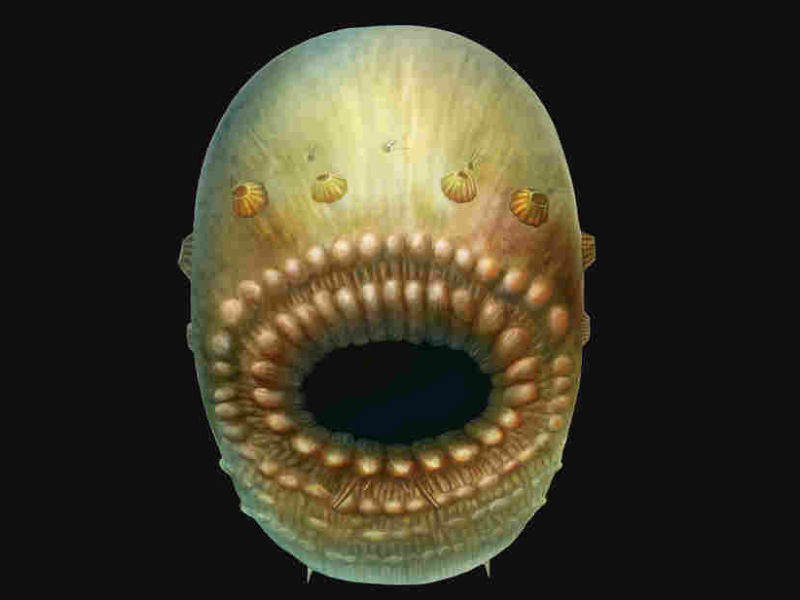
Scientists Detect Microfossils of a Tiny And Baggie Aquatic Creature, Claimed to Be Human’s Earliest Ancestor
How is the ancient human being used to looking like? There is no precise answer to this baffling question and researchers across the globe are trying to decipher this enigma by conducting multiple experiments and researches. However, a team of scientists has found some samples of microfossil which is claimed to be the most primitive ancestors of human species.
A team of international researchers has stumbled upon some microfossils in China, which holds clues to the earliest recognized ancestor of the human being. The microfossils are believed to belong to the human beings who lived the tree of life. The microfossil, named as ‘Saccorhytus’, looks a quite resemble the “chestburster” from ‘Alien’. It was a petite, container-like aquatic creature that is believed to reside on earth before 540 million years ago. But surprisingly, researchers have not concluded this view by sighting the resemblances between the microfossil and current human beings. The shape of microfossil is just like a tiny bag, with strange looking appearance.
The research team, led by Simon Conway Morris discovered the microfossils of the creature in one ancient site of central China. While conducting a research project, the fossil was of the new animal was discovered nearly half billion years ago, however, at that time, it has no identity or name. The lead researcher along with his colleagues in China later named it as ‘Saccorhytus’, which generally stands for a wrinkled bag.
According to Conway Morris, a Paleobiologist at the University of Cambridge in the U.K, “Since long, a suitable name for the new creature was being searched and finally, after seeing its baggie like structure, we arrived at the word ‘Saccorhytus’, which means crumpled bag.”
But in fact, this fossil and imagines appearance is much uglier than a merely wrinkled bag. It looks like a gigantic cavernous mouth with barbs together with some additional holes, probably used for emitting waste. As mentioned in the study, the uncanny animal lived approximately 540 million years ago in shallow seas, either by slithering or clambering. The creature had a very tiny body and no signs of eyes are found in the fossil. But its head was quite large, having some strange configurations.
In the recently published journal, the researchers have given a complete description of creature’s scientific name alongside the bizarre shape of its body and crumpled appearance. The creature is believed to be approximately one millimeter long and used to squirm around in the sludge and lived between particles of sand on the marine. In the study, published Monday in the journal ‘Nature’, the scientists also revealed that, even though the fossils were discovered on the dehydrated ground, but initially the location used to be a shallow sea. The fossil was detected around half a billion years ago, highlights the study paper.


